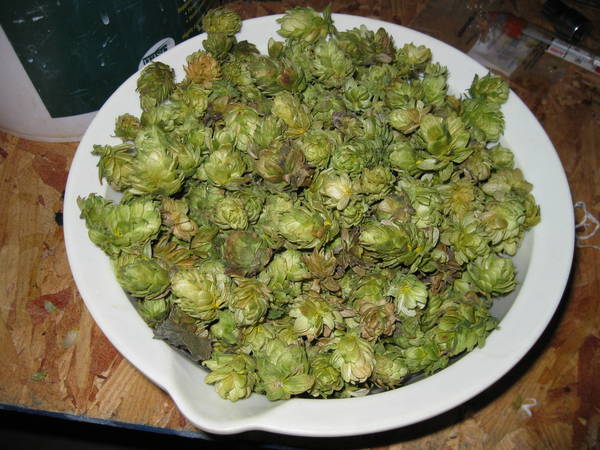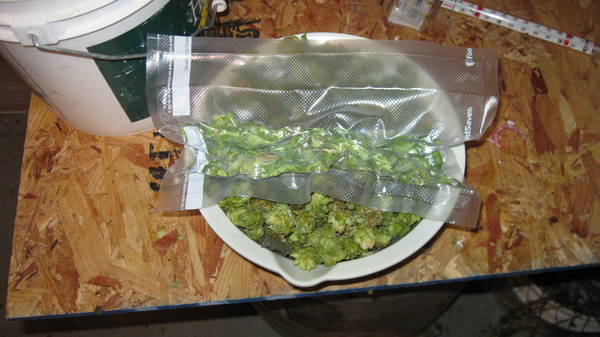Germelli1
Well-Known Member
Here is an dried ounce and ready for vacuum sealing:

Here is a dried ounce packaged:

Comparing the volumes between one ounce before and after packaging:

Here is two dried ounces packaged:

Is this too much compression? My vacuum packager won't seal until ALL the air is removed so I don't have much choice, but I would like some advice if this is incorrectly packaging them!

Here is a dried ounce packaged:

Comparing the volumes between one ounce before and after packaging:

Here is two dried ounces packaged:

Is this too much compression? My vacuum packager won't seal until ALL the air is removed so I don't have much choice, but I would like some advice if this is incorrectly packaging them!


